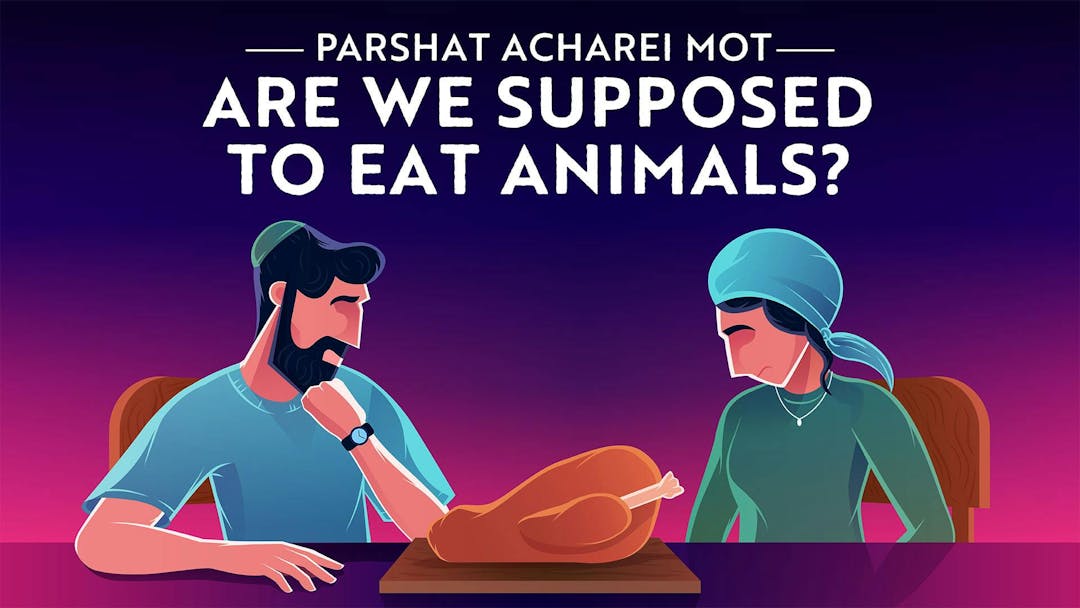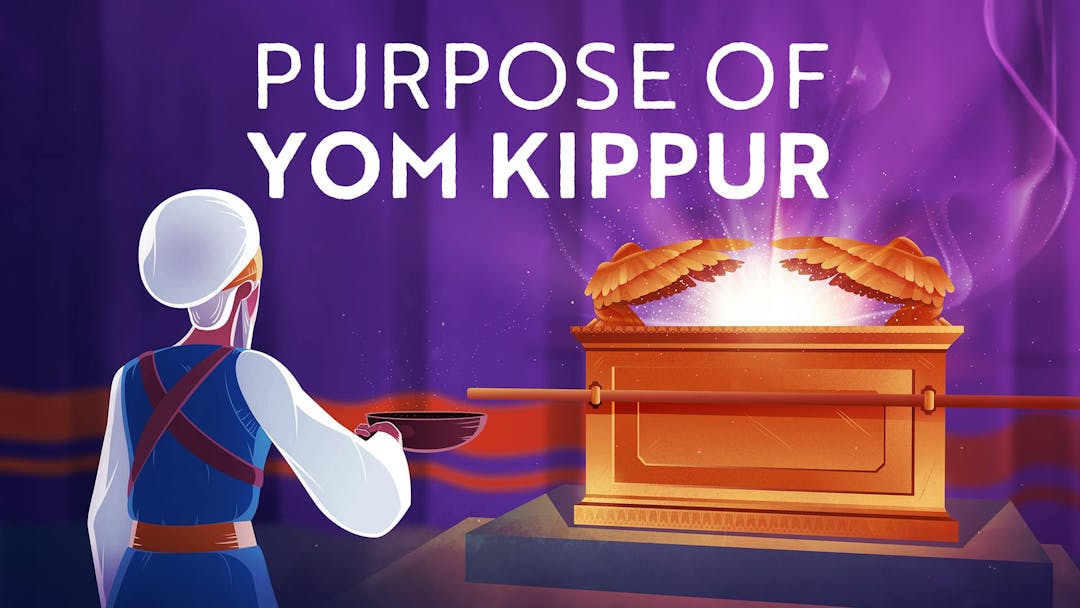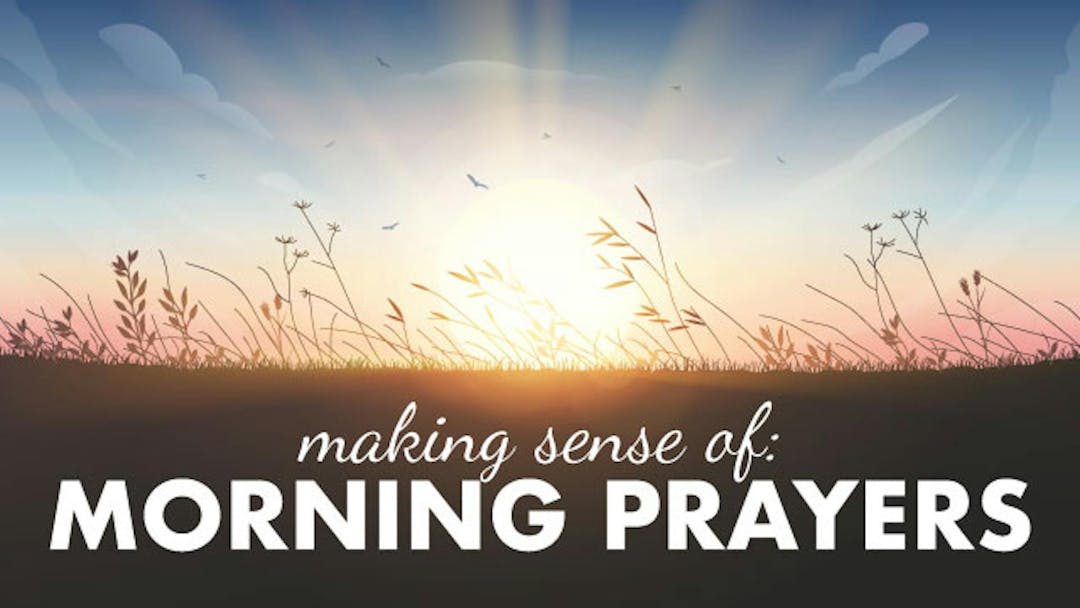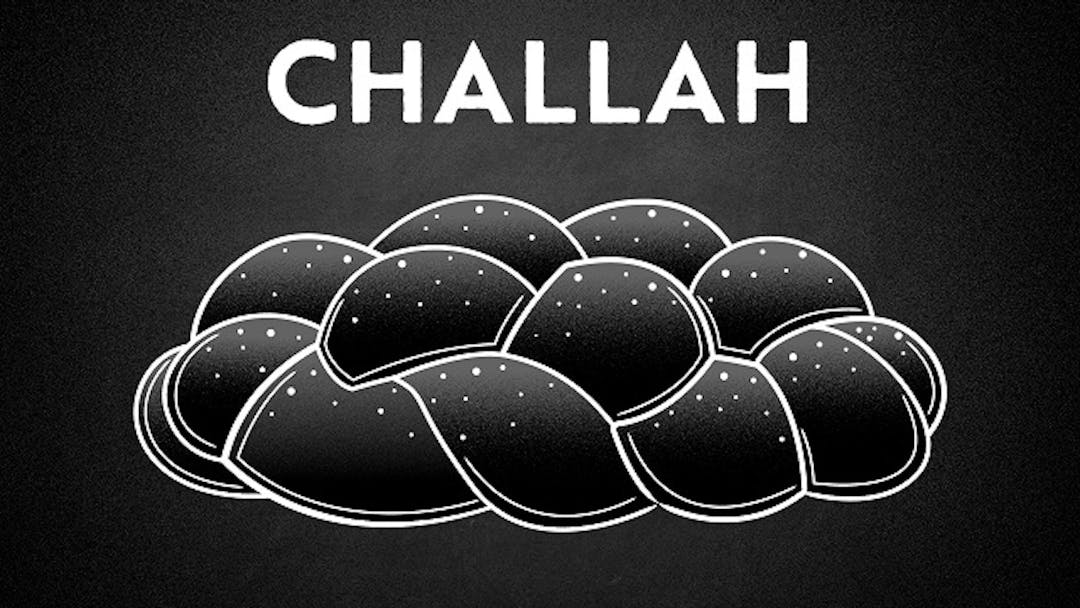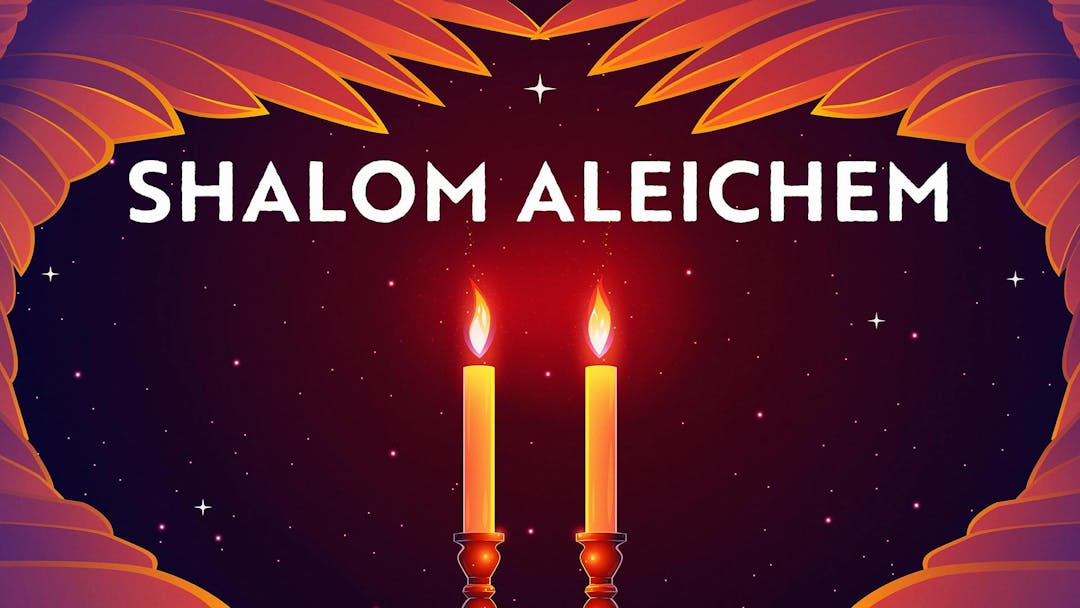Start your free trial today to unlock the full library and enjoy unlimited and uninterrupted access.
Get StartedThe Day of Atonement
Understanding The Day Of Atonement Rituals
What comes to mind when you think of Yom Kippur rituals? Yom Kippur is all about seeking atonement, but nowadays, we accomplish that through prayer and sitting in synagogue all day. But back when the Temple still stood, Yom Kippur customs involved goats and lotteries and sacrifices and sprinkling blood and incense and clouds. How do those weird Yom Kippur rituals atone for our sins? It sounds magical… and irrational. What meaning hides behind these ancient traditions that we can apply to our holy Day of Atonement today?
In this video, we explore these strange Yom Kippur customs to understand how we can atone for our sins. Through this inspection, we deepen our understanding of what the Day of Atonement really means.
Want to watch the full video for free?
Enter your email and we’ll send you a link to watch the full series free.
What is Aleph Beta?
Aleph Beta is a unique kind of Torah library. Led by our founder, Rabbi David Fohrman, we are dedicated to high-level, textual Torah learning for adults that is intellectually and spiritually sophisticated, that enlivens your Jewish practice and helps you forge a deeper connection to God. Whether you’ve been learning in yeshiva for years or you’re just beginning your Torah journey, you’re sure to find something meaningful and surprising waiting for you here.
Browse our library of over 1,000 beautifully produced animated videos, podcasts, deep dive courses, and printable guides. Topics include the weekly parsha, Jewish holidays & fast days, laws & mitzvot, prayers, relationships, big philosophical ideas and more. Have something to say at the Shabbos table that will amaze your family and guests and bring deep meaning into their lives.

